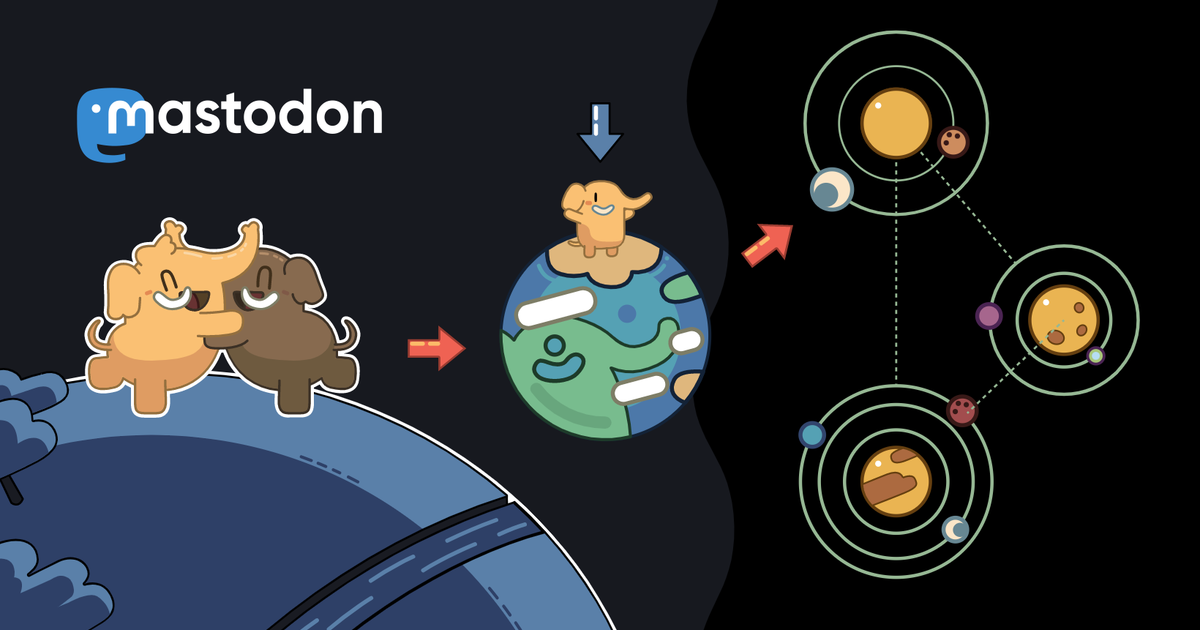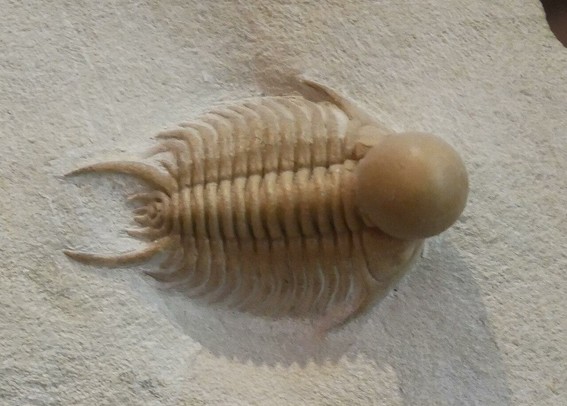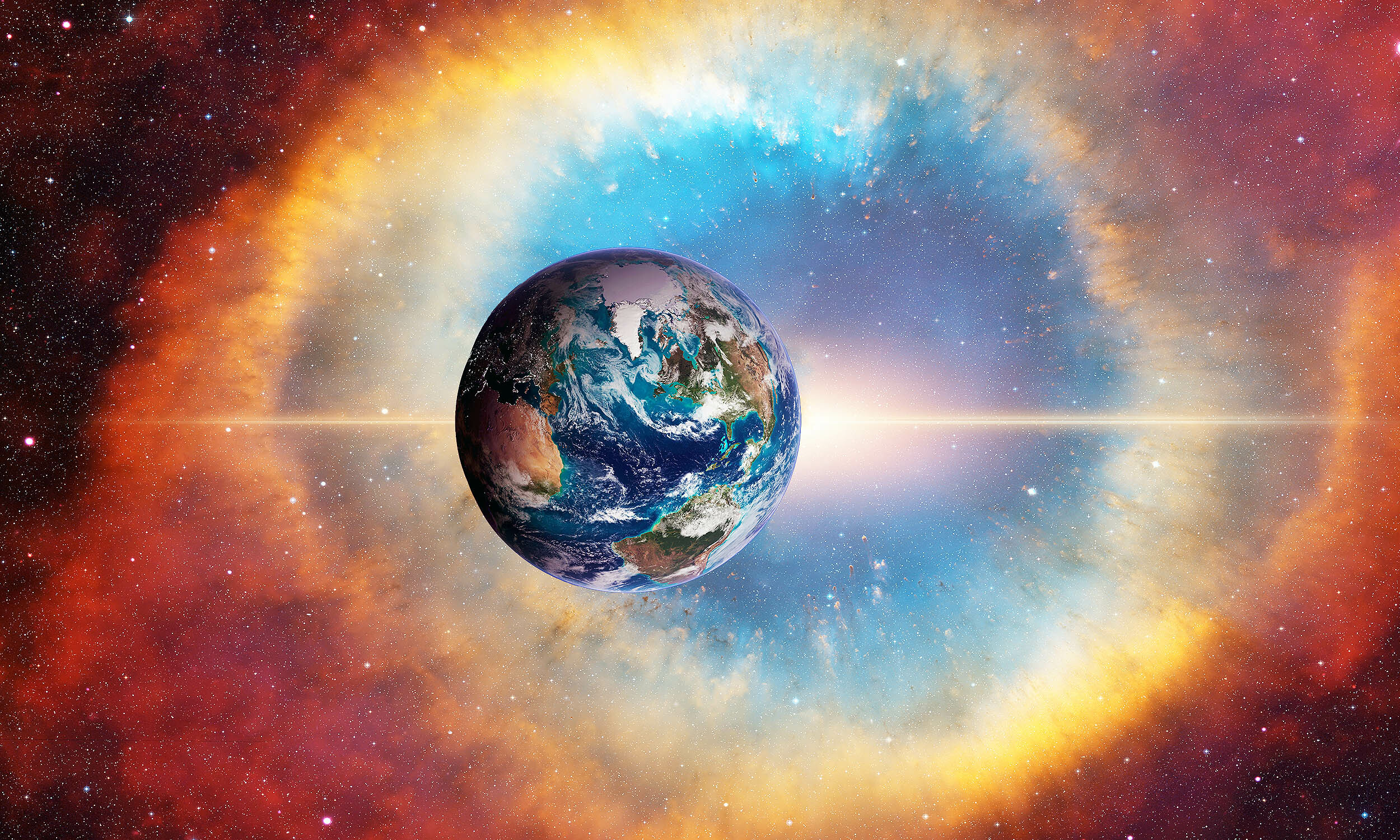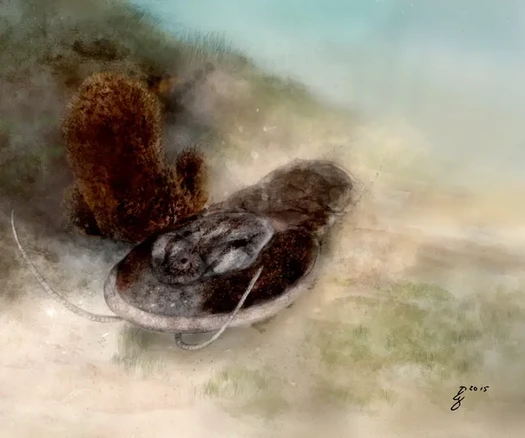Los trilobites del género Sphaerocoryphe, que vivieron entre el Ordovícico medio y el Silúrico, tienen una enorme glabela bulbosa.
Recent searches
Search options
#Ordovician
Loving the discussion surrounding this @PNASNews publication on Phanerozoic #paleo #temperature evolution, one of the most interesting #paleoclimate discussions in my opinion.
https://www.pnas.org/doi/10.1073/pnas.2400434121
Critique: 6-10 degrees #tropical #ocean #temperatures during the #Ordovician seem very low to me, especially considering that in this time (450 million years ago) corals were thriving. The critical comment by Ethan Grossman and colleagues therefore seems fitting.
"Something much worse than asteroids" is hype: the late-#Devonian and end-#Ordovician were less severe that the end-#Cretaceous, which was definitely† caused by an #asteroid. But this is good work that may help nail down the cause of the earlier #extinctions ... which were still pretty bad!
†Yes.
En una época muy, muy lejana, allá por el Ordovícico medio (470-458 MdA)...este Han solo no disparó primero. Primero, porque no tiene ni ojos y, segundo, porque se trata de un trilobite agnóstido, aunque se cuestiona que este orden pertenezca realmente a los trilobites. Los segmentos torácicos estrechos entre el céfalon y pigidio permitiría que se cerrara como un bivalvo.
@futurebird
interview with the person who showed some anomalocaridids were filter-feeders:
https://www.palaeocast.com/episode-31-anomalocaridids/
interview with the person who found the specimen that preserved the big goofy eyes:
https://www.palaeocast.com/episode-36-emu-bay-shale/
good grief, both those interviews are over 10 years old!
#arthopods
#anomalocaridids
#Cambrian
#Ordovician
#fossils
Gold bugs: New #fossil arthropod preserved in fool's gold https://phys.org/news/2024-10-gold-bugs-fossil-arthropod.html
A pyritized Ordovician leanchoiliid arthropod https://www.cell.com/current-biology/fulltext/S0960-9822(24)01367-8
"#Megacheirans like Lomankus were very diverse during the #Cambrian Period (538–485 million years ago) but were thought to be largely extinct by the #Ordovician Period (485–443 million years ago)."
Earth may have had a #ring during the middle #Ordovician, some 466 million years ago.
Breakup of an #asteroid passing within Earth's Roche limit likely formed the ring.
Among several features preserved is a near-equatorial band of impact craters.
Shading of Earth by the ring may have triggered a global icehouse period.
#astronomy
https://astrobiology.com/2024/09/earth-may-have-had-a-ring-system-466-million-years-ago.html
Paper by Tomkins et sl. (2024):
https://www.sciencedirect.com/science/article/pii/S0012821X24004230
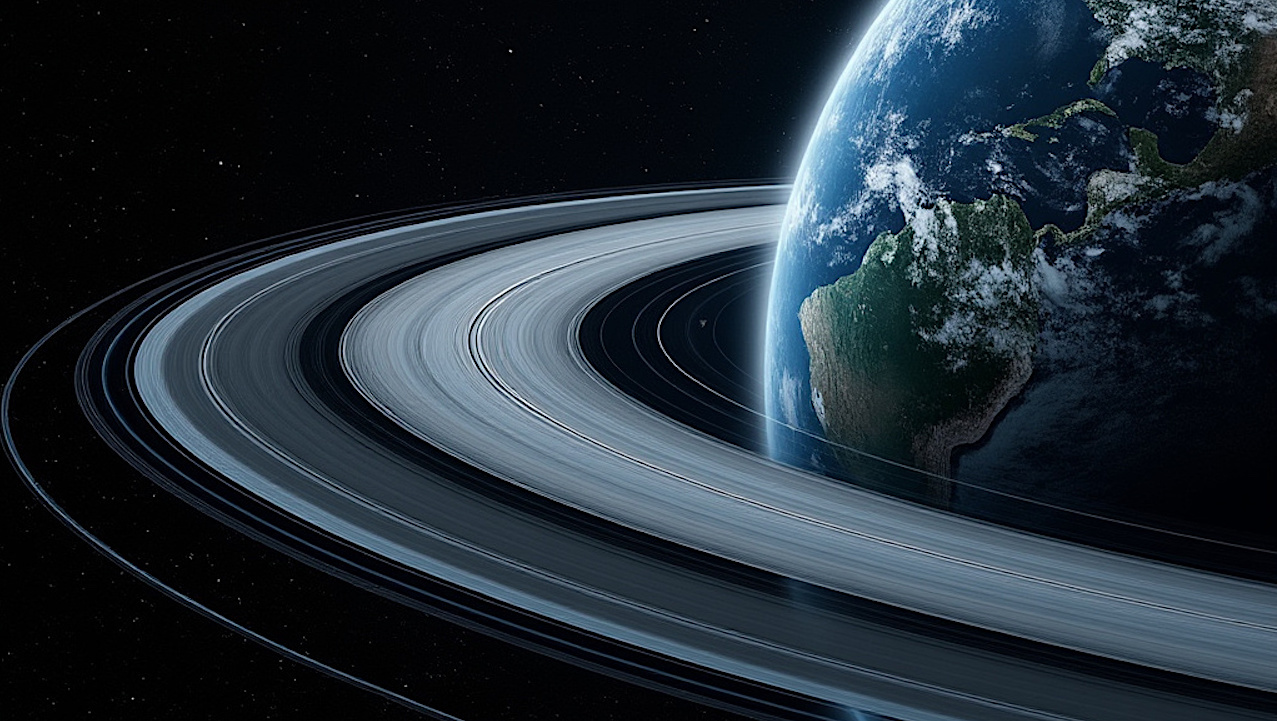
#Earth Had a Ring 466 Million Years Ago, Study Says
Impact craters found around the Earth that were made around the same time could be linked to debris falling from a ring, a new study suggests.
The study links an uptick in impact craters during the #Ordovician Period, an era before animals lived on land, to a ring made of #asteroid debris that encircled our planet for millions of years.
https://www.nytimes.com/2024/09/20/science/earth-rings-asteroids-ordovician.html
https://archive.ph/gQCCa #space
#Earth may have had a ring system that formed around 466 million years ago, at the beginning of a period of unusually intense #meteorite bombardment known as the #Ordovician impact spike.
"Over millions of years, material from this ring gradually fell to Earth, creating the spike in meteorite impacts observed in the geological record," author Andy Tomkins. "We also see that layers in sedimentary rocks from this period contain extraordinary amounts of meteorite debris."
https://phys.org/news/2024-09-earth-million-years.html
Via #Salon @ 3:01pm EDT on Sept 20, 2024
Researchers have found evidence suggesting that the #Earth may have once had a system of #Saturn-like rings. The rings are theorized to have formed 466 million years ago during one of the coldest periods in the planet's history, known as the #Ordovician.
https://www.salon.com/2024/09/20/saturn-like-ring-may-have-once-encircled-earth-study-finds/
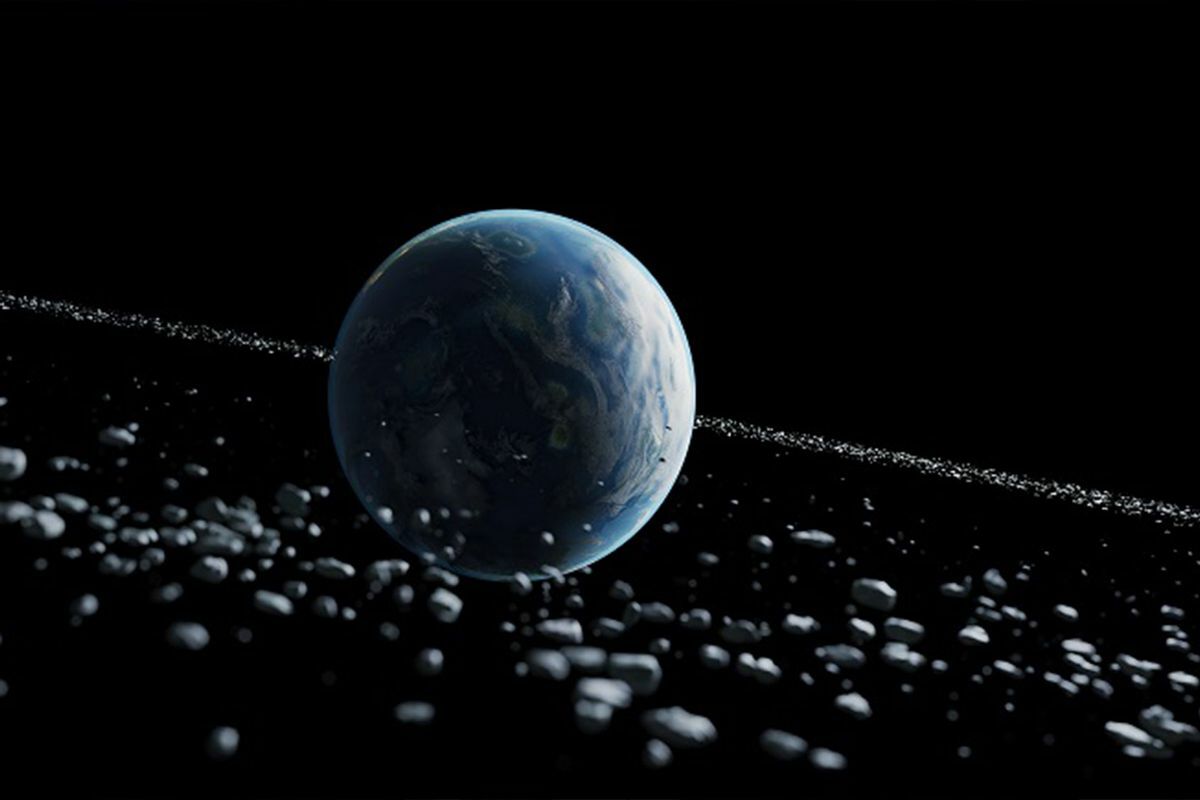
Earth May Have Had A Ring System 466 Million Years Ago
--
https://phys.org/news/2024-09-earth-million-years.html <-- shared technical article
--
https://doi.org/10.1016/j.epsl.2024.118991 <-- shared paper
--
“HIGHLIGHTS:
• Earth may have had a ring during the middle Ordovician, from ca. 466 Ma.
• Breakup of an asteroid passing within Earth's Roche limit likely formed the ring.
• Among several features preserved is a near-equatorial band of impact craters.
• Shading of Earth by the ring may have triggered a global icehouse period…”
--
#GIS #spatial #mapping #model #modeling #geology #structuralgeology #planetarygeology #rings #climatechange #paleoclimate #Ordovician #asteroid #rochelimit #craters #impactcrater #crater #icehouse #meteorite #platetectonics #HirnantianIcehouse
This is a wild but convincing argument for Earth having had a temporary ring half a billion years ago, and it being the source for most of the identified crater remnants in #Sweden
Tomkins et al: "Evidence suggesting that earth had a ring in the #Ordovician"
https://www.sciencedirect.com/science/article/pii/S0012821X24004230
h/t @asrivkin
Los Lituites eran unos nautiloides del Ordovícico medio tenían una concha cónica recta salvo en el extremo, donde se curvaba. Están relacionados taxonómicamente con los nautilinos que aún existen, cuya concha es una espiral completa.
El Pentecopterus decorahensis es el euriptérido o escorpión marino más antiguo, viviendo hace 467,3 MdA, en el Ordovícico medio. También es uno de los más grandes, con 1,7 m de longitud. #ordovicico #ordovician
El trilobite Gabriceraurus dentatus, como su género y los del género Ceraurus, tiene dos largas espinas pigidiales, es decir, las púas que forman una media luna en el pigidio, como se llama la zona posterior. Como otros trilobites, puede enroscarse, por lo que no siempre es visible en los fósiles. Vivió en el Ordovícico superior, hace 458-445 MdA. #trilobite #ordovicico #ordovician
Si hay pez espada, ¿por qué no podría haber trilobite espada? El Probolichas kristiae del Ordovícico superior (458-443 MdA) tenía un apéndice alargado de uso desconocido. Podría haberlo usado para cazar, defenderse o ser útil en la selección sexual. Museo Americano de Historia Natural #trilobite #ordovicico #ordovician
There’s been no doubt for some time that we’re in the middle of a sixth #mass #extinction. Here are some numbers.
If we’re very lucky, we’ll stop at the level of the #Devonian extinction, the least severe of the Big Five. More likely we’re headed for something on the scale of the #Ordovician or #Triassic. The #Cretaceous is in sight, and the #Permian is not out of reach. From an evolutionary time perspective it will look like the Cretaceous, practically as instantaneous as the Big Rock.
I confess, I really like the idea of #corvid #paleontologists digging up the #Anthropocene. Feathers gleaming under badlands dust, exciting cawing as dextrous claws scrape rock away from a flat-faced skull … But I’m very much not okay with what we’re doing right now to make that happen.
Pop-sci coverage: https://www.forbes.com/sites/grrlscientist/2023/07/19/modern-sixth-mass-extinction-event-will-be-worse-than-first-predicted/
Journal article, open access: https://onlinelibrary.wiley.com/doi/10.1111/brv.12974
El Thoralicystis es la prueba de que los "alienígenas" vivieron en el pasado, pero no construyendo pirámides, sino en un entorno primigenio donde desarrollaron una anatomía ajena a los esquemas a los que estamos acostumbrados.
500 million-year-old #fossil is the earliest branch of the #spiders' lineage https://arstechnica.com/science/2024/07/earliest-known-ancestors-of-scorpions-were-tiny-sea-beasts/
Lower #Ordovician synziphosurine reveals early euchelicerate diversity and evolution https://www.nature.com/articles/s41467-024-48013-w
"Some of S. abundantis’ anatomical features allow for a deeper understanding of the early #evolution of #chelicerates and may even link other fossil forms, whose relationships are still highly debated, to this group"

